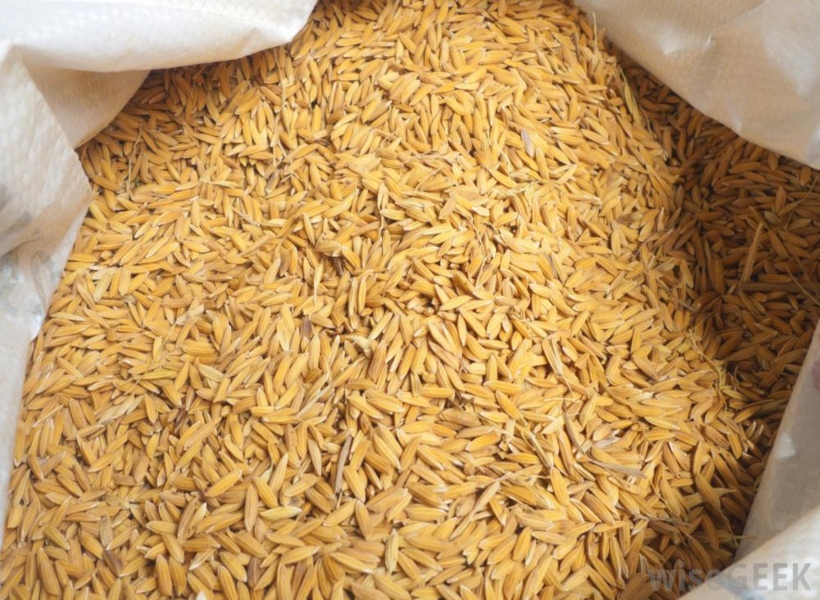The rice industry grew by an estimated 3.7% in the first half of 2019. This increase was due to improvements in both the number of hectares harvested and the yield. The former grew by 1.5% to reach 87,681 hectares at the end of June 2019.
This is according to the 2019 Mid-Year Report that was released to the media by the Ministry of Finance yesterday.
The report shows increases in hectares harvested in Regions Four (Demerara-Mahaica, Five (Mahaica-Berbice) and Six (East Berbice-Corentyne), which offset contractions in Regions two (Pomeroon-Supenaam), three (Essequibo Islands-West Demerara) and 9 (Upper Takatu-Upper Essequibo).
According to the report, the first crop yield averaged six metric tonnes per hectare in 2019, the highest yield ever, in addition to being 2.1% above the previous year.
According to the Ministry, this improvement was due to several factors including the adoption of improved paddy varieties and practices primarily by farmers in Region Six, where yields grew by 16.9%, on average, despite the threat of paddy bug infestation.
While sowing for the second crop continued into July, early indications suggest that the sector is on track to meet the production target identified at the time of Budget 2019.
Meanwhile, the Guyana Rice Development Board (GRDB) has deployed officers to work with farmers to contain the paddy bug threat and ensure that this target is achieved.
OTHER CROPS
The other crops sub-sector is estimated to have grown by 4.8% in the first half of 2019, faster than the revised rate of 4.6% for the first half of 2018. This was driven by increased production of root crops, spices and vegetables, which expanded by 1.5%, 4.1%, and 1.2%, respectively. Bitter cassava and yam production were responsible for the increase in root crops while pepper, celery and ginger production drove the increase in spices. The production of many of the traditional vegetables was higher in the first half of 2019, but there was also notable expansion in the production of non-traditional vegetables such as broccoli and cauliflower. The sub-sector is expected to grow by 4% in 2019, as originally projected.











